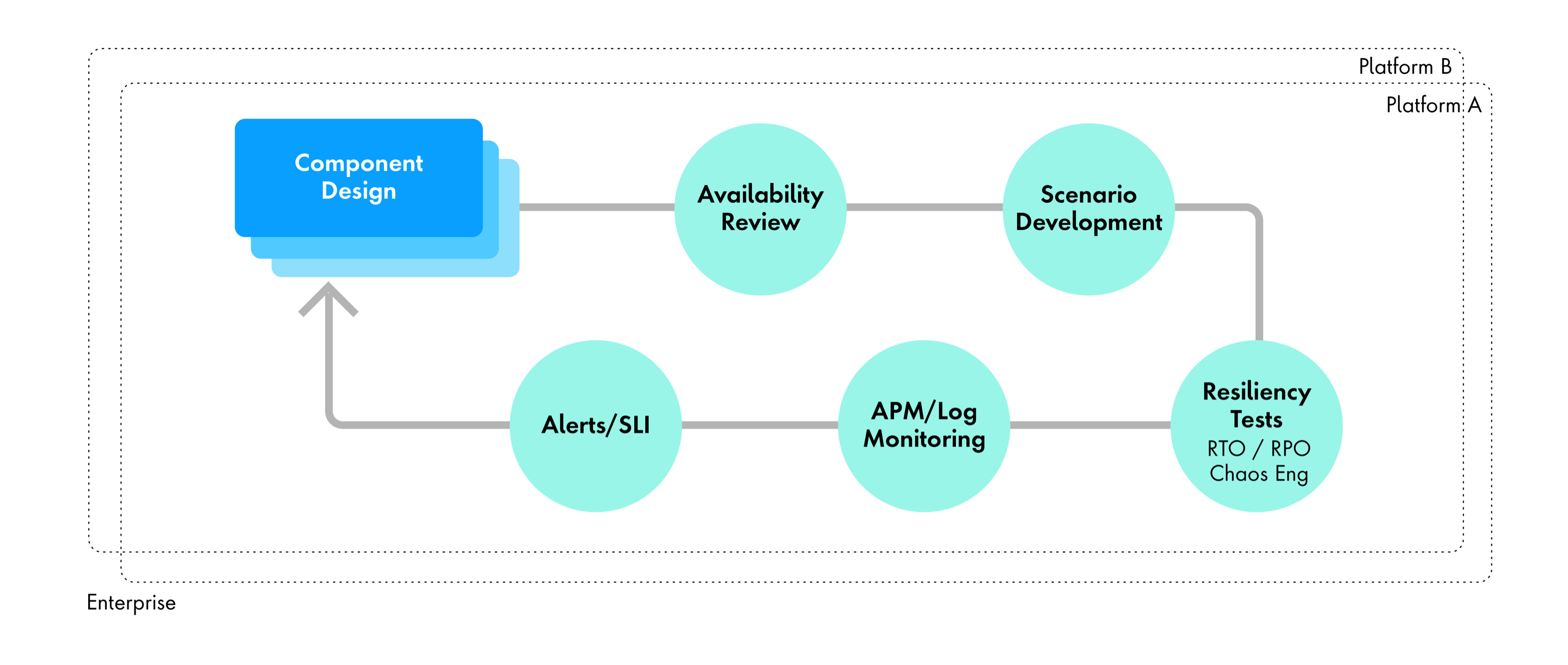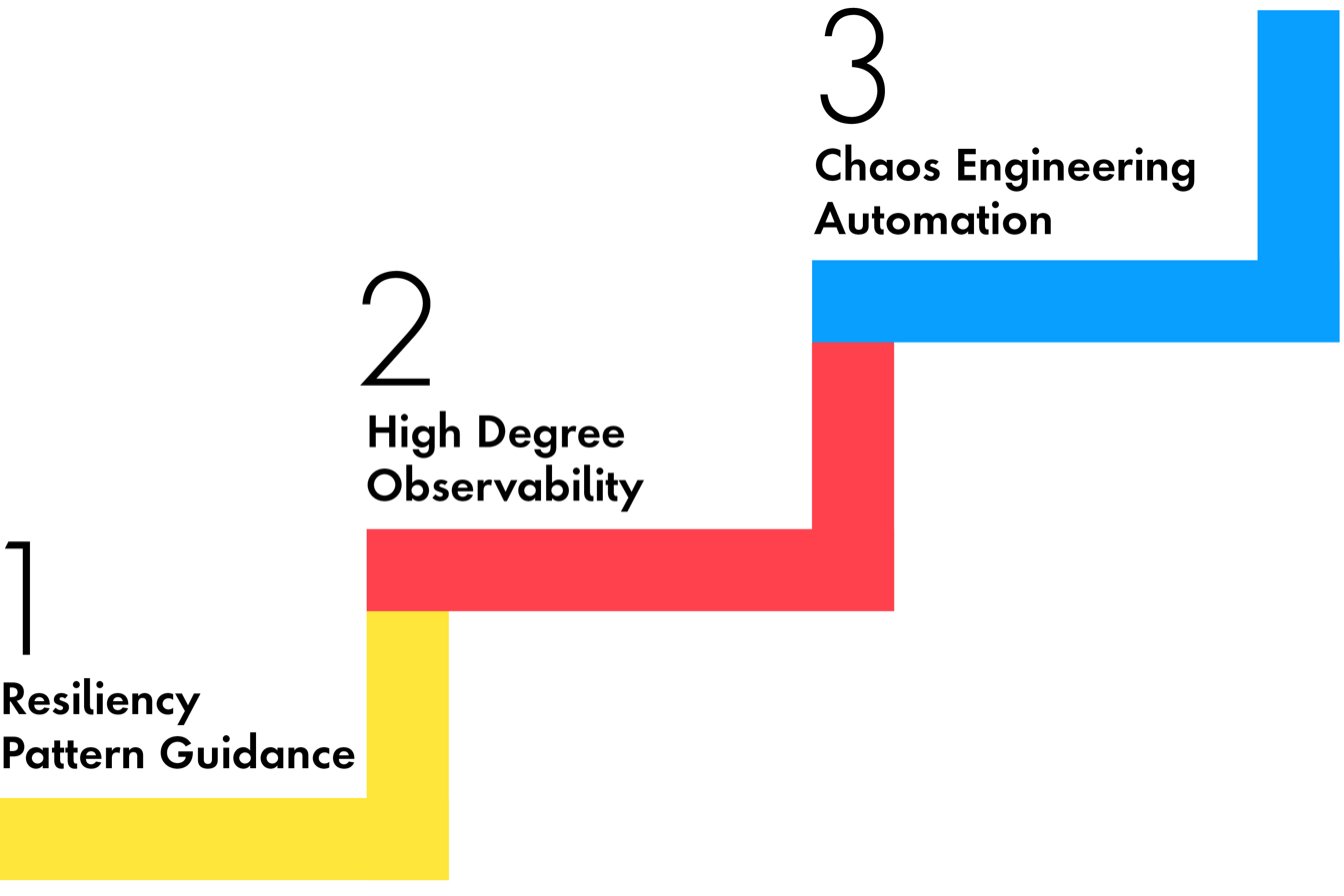Companies need to test how the components of their technological infrastructure react under highly volatile and possibly dire circumstances.
Publicis Sapient shows financial institutions how to establish an end-to-end SRE culture and provides the right tools, techniques and accelerators for the job. For comprehensive assignments, our teams can perform complete resiliency engineering for complex applications in up to five months.
Many financial institutions have suffered significant outages in recent years – Chime, Robinhood, etc. – because their platforms couldn’t handle so many different components and volatility.
In the past, this wasn’t as much of a problem because they used siloed legacy platforms that did not communicate with customers. However, when a stock trading platform fails during a run on the market the company may be liable to compensating users for their losses.
In other words, customer-facing apps need to be available 24/7.
Companies have to transform digitally so they can scale up digital products and services. They need to migrate legacy technologies to new platforms. When you have so many components talking to each other, companies should consider outages, performance testing and resiliency, but many are not.
Based on practical experience, we help accelerate our client journey towards measuring and improving platform resiliency through three pillars:













